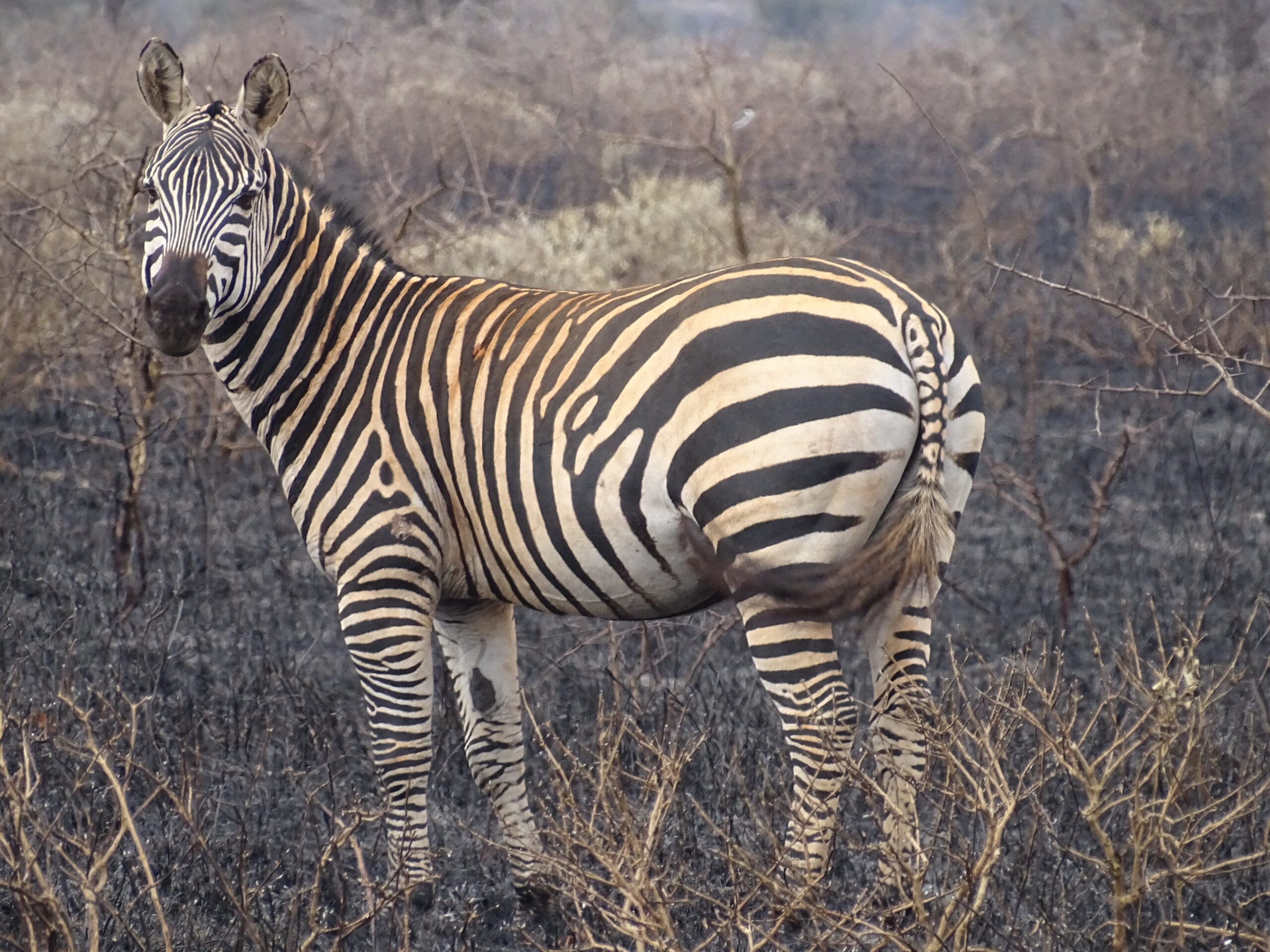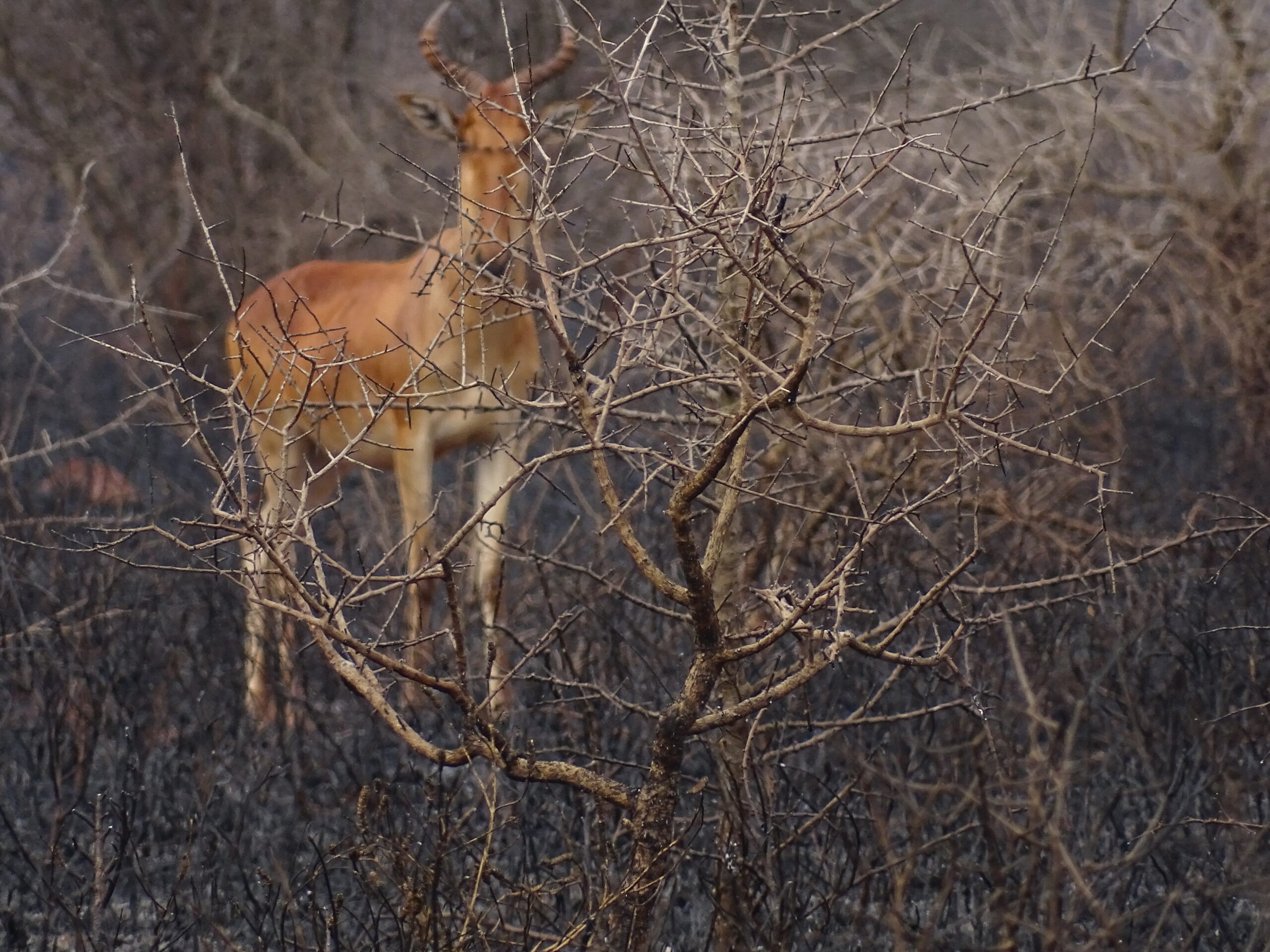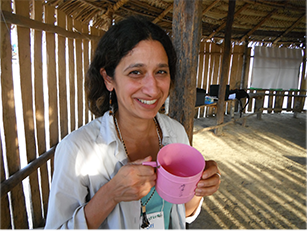In East and Southern African savannas, there has been observed an increasing size and intensity of wildfires in Protected Areas (PAs) where human populations are low, yet the total absence of fires where growing human and livestock densities have condensed into smaller areas. This dual fire challenge, combined with ambiguity surrounding the definition of a ‘natural’ fire regime and a recent, and arguably on-going, colonial history, has engendered widespread systemic social-ecological complexities and ecosystem degradation. Despite this, the social-ecological framing of fires in Africa has been largely neglected.
To address these challenges, CBFiM (Community-based Fire Management) has been proposed as an alternative fire management framework that recognises both the double-role of fire in the landscape (both beneficial and damaging) and the importance of ‘bottom-up’ management frameworks for long-term sustainable outcomes. However, CBFiM has also been criticised for failing “to provide a systematic approach to addressing differential conditions in different locations” (Tendim et al. 2020 [pg. 237]).
This thesis identifies two key issues:
Firstly, CBFiM lacks a clear definition and has been widely applied to describe fire management models that incorporate some degree of community involvement. For CBFiM to provide a legitimate ‘bottom-up’ fire management framework, the local community must have a significant degree of input in decision-making processes. Equally, the nature of their input must be proactive rather than passive or consultancy. This is extended to the framework’s establishment and active participation, such as that they are involved in the initiation and planning of the CBFiM framework and are actively willing to engage in carrying out tasks.
Secondly, this thesis rejects the notion that fire challenges should be categorized and standardised to provide a systematic approach that can be applied across multiple temporal and spatial scales, removing them from their historical, local, and systemic context. In creating a systematic approach for addressing fire challenges, the narrative is further embedded in Western research methodologies and European languages of science, reinforcing the coloniality of knowledge. This thesis argues that fire challenges need to be investigated in their specific historical and systemic context, accounting for the interrelated local, regional, and global social-ecological processes that shape fire regimes.
This thesis explores the politics of knowledge through the examination of governance systems in social-ecological savanna PAs, specifically looking at the extent and degree in which legitimate CBFiM offers an alternative and realisable ‘bottom-up’ fire management framework, or whether it has simply been adopted as a ‘buzz-word’ within the dominant colonial fire narrative that has persisted across East and Southern Africa.

Download poster here – winner of the Centre for Environmental Policy poster competition, 2021
Project duration: 2020-2024
Research Questions
Primary Research Question
“Community-based Fire Management: A colonial narrative?” – Is CBFiM an extension of the colonial narrative in an East and Southern African context? Or does it provide an alternative and realisable equitable, effective, and sustainable ‘bottom-up’ fire management framework?
Secondary Research Questions
Secondary research questions have been developed to focus the methodological process applied in this thesis to explore and answer the primary research question. Applying methodological pluralism in this research allows for the incorporation of qualitative and quantitative data to maximise reliability and validity when exploring SES, whilst also acknowledging the diversity of epistemologies that configure fire regimes. Such an approach is critical in decolonising methodologies by transcending conventional research applications and knowledge dissemination.
This research is divided into three main stages (systematic map review, stakeholder network and (historical) institutional analysis, and fieldwork and SES modelling) which are supported by two secondary research questions to guide the investigation:
Does the effectiveness of community-based fire management in savanna protected areas across East and Southern Africa differ conditionally on type of governance system?
Can equitable and adaptive governance and policy solutions, based on knowledge co-production and collaborative networks, be realised for addressing fire regimes in changing social-ecological savanna protected areas?
Aims and Objectives
General Aims
- To use systems thinking and decolonising methodologies for an integrated assessment of governance systems in community-based fire management (CBFiM) frameworks across East and Southern African savanna protected areas (PAs) and conditional social-ecological fire-related outcomes.
- To identify the opportunities for, and benefits of, decolonising fire management and institutional frameworks and governance systems for addressing fire challenges across East and Southern Africa’s savanna PAs.
Focused Aims
(i) To systematically map the governance systems of CBFiM frameworks across East and Southern African savanna PAs and associated fire regimes and burning practices.
(ii) To develop a contextual account of specific study sites concerning stakeholder and historical institutional networks in complex and interconnected social-ecological systems.
(iii) To develop a SES model based on a participatory multi-step and multi-stakeholder approach to elicit the impacts of differential CBFiM governance systems on decision-making variables and associated fire outcomes.
(iv) To apply the developed SES model to future climate change scenarios, exploring how decision-making variables and associated fire outcomes might change contingent upon local perceptions and understandings of fire in a changing social-ecological environment.
Objectives
- A systematic map and written review of the state-of-knowledge of CBFiM across East and Southern African savanna PAs, showing the extent and nature of community involvement in project establishment, sponsorship, decision-making processes, and participation – as communicated in the existing evidence-base.
- A contextual account of study sites that identify actor networks and the relations between ‘formal’ and ‘informal’ institutions, governance, and policy.
Formulation of multiple FCMs and their integration into one BBN to model the effects of differential governance configurations in CBFiM frameworks on decision-making variables and locally identified fire outcomes. And to explore these effects under current and future climate scenarios
Related work
Abi Croker is a participant of Wildfires at the Art-Science Interface project – see her contributions:
She also recently participated in ‘Africa Drylands: A Restoration Road Trip’ ran by the Global Landscapes Forum (GLF) and the Youth in Landscapes Initiative (YIL), in collaboration with the Wageningen Centre for Development and Innovation (WCDI) and World Agroforestry (ICRAF) – this is an on-going collaboration with stakeholders and researchers working towards restoring Africa’s drylands
Blogs
The role of savannas in the transition to zero pollution















